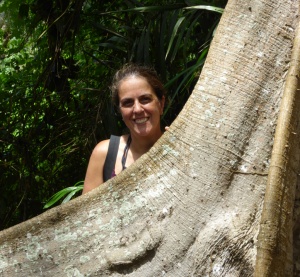Rainho, A. & Palmeirim, J.M. (2017) Understanding the long term consequences of fragmentation: lessons from the bats of Bijagós (Guinea-Bissau, West Africa).
Hystrix-Italian Journal of Mammalogy,
28(2), 173-179. DOI:10.4404/hystrix-28.2-12350 (IF2017 1,862; Q1 Zoology)
The Bijagós archipelago consists of about 80 land-bridge islands located just off the coast of Guinea-Bissau (West Africa). The current faunas of such land-bridge archipelagoes reflect the isolation resulting from the fragmentation of the original coastal plains, caused by sea level rise about 11000 years ago. Therefore, they represent a unique opportunity to study long-term consequences of natural habitat fragmentation, analogous to the ongoing fragmentation processes caused by Man. We sampled and analyzed the bat assemblages of eight Bijagós islands and two nearby coastal regions to understand how insularity shaped island assemblages, and evaluate the potential impacts of fragmentation on African bat assemblages. Rarefaction using Chao2 estimator indicated that total species richness on Bijagós is only about 1/5 of that on the coast. Cluster and correspondence analyses demonstrated that bat faunas of different islands are quite similar, and not a random set of the mainland species assemblage. Moreover, trait analysis indicated that islands assemblages are composed by generalist and abundant species; presumably only generalist species can attain island population sizes viable in the long-term. The observed species depletion resulting from long-term isolation in Bijagós is much more accentuated than that observed in recent fragments, corroborating the view that such fragments are still losing species. Our results indicate that, despite the high mobility of bats, even relatively large fragments are unable to sustain viable populations of most species and that the impacts are worse in the case or rarer species. Most ongoing fragmentation resulting from habitat destruction involves matrices with a lower contrast than water, and this may lessen impacts. However, at least in the case of high contrast matrices, currently fragmented landscapes are likely to continue loosing species, and thus the true, long-term, impacts of fragmentation shall likely be worse than those so far reported.


